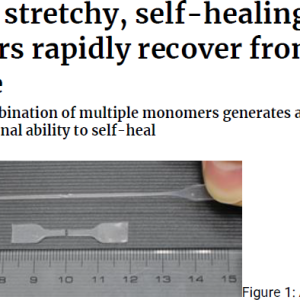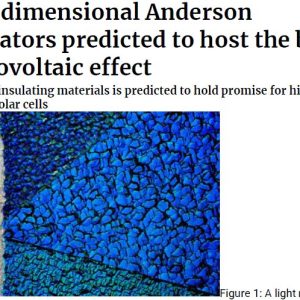
Hydrogen loading method to reproduce hydrogen uptake in real environments
₩40,000
Researches on appropriate hydrogen charging methods for simulating hydrogen absorption in low alloy steels, stainless steels and high Ni alloy,
from actual environments were overviewed. Both absorbed hydrogen concentrations and hydrogen desorption proles were com-pared between various
hydrogen charging conditions using thermal desorption analysis ÿTDAÿ on hydrogen-charged samples. For low alloy steels, immersion or cathodic
hydrogen charging in aqueous solutions were appropriate for simulating hydrogen absorption from atmospheric corrosion or high pressure gaseous
hydrogen environments. Absorbed hydrogen concentration could be controlled by adding appropriate amount of hydrogen-promoter or adjusting cathodic
current density and applied potential in aqueous solutions. Comparisons in TDA proles showed that the ratio of strongly-trapped hydrogen and weaklytrapped
hydrogen changed depending upon the total amount of absorbed hy-drogen. This result means the state of hydrogen in steels can change
according to the amount of absorbed hydrogen. For stainless steels or high Ni alloy, cathodic hydrogen charging in aqueous solutions was appropriate for
simulating high pressure gaseous hydrogen environments or galvanic coupling conditions. TDA proles apparently differed depending on hydrogen
charging temperature or duration. However, numer-ical simulation indicated that these proles were decided by initial hydrogen distribution in specimens,
not by trapped hydrogen, contrary to low alloy steels





상품평
아직 상품평이 없습니다.